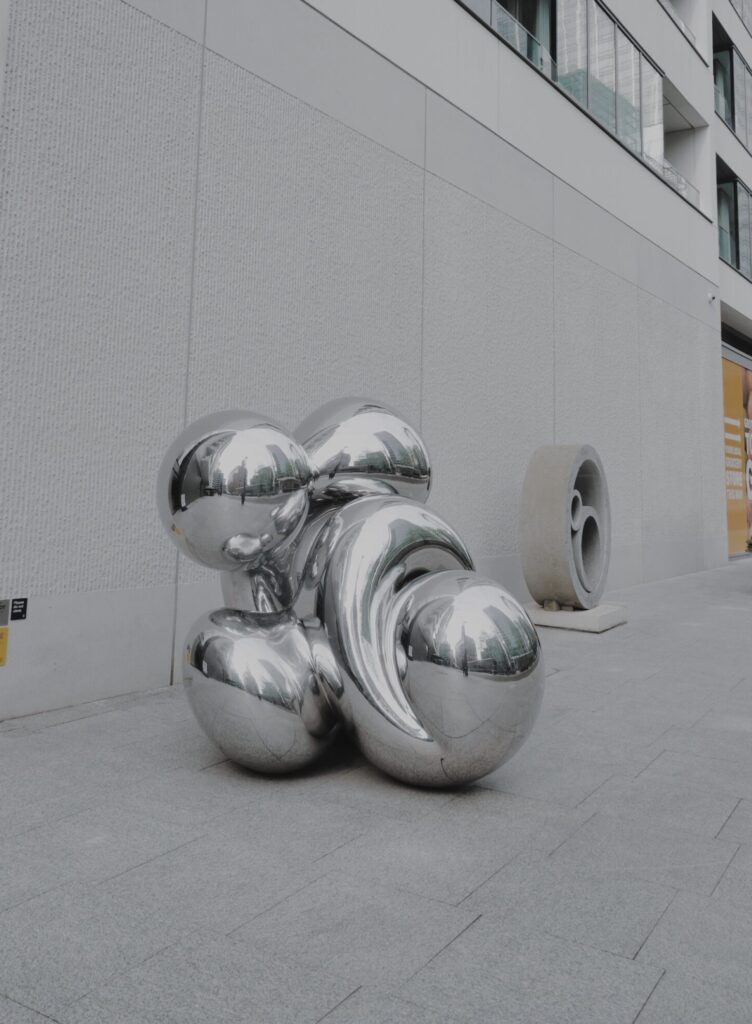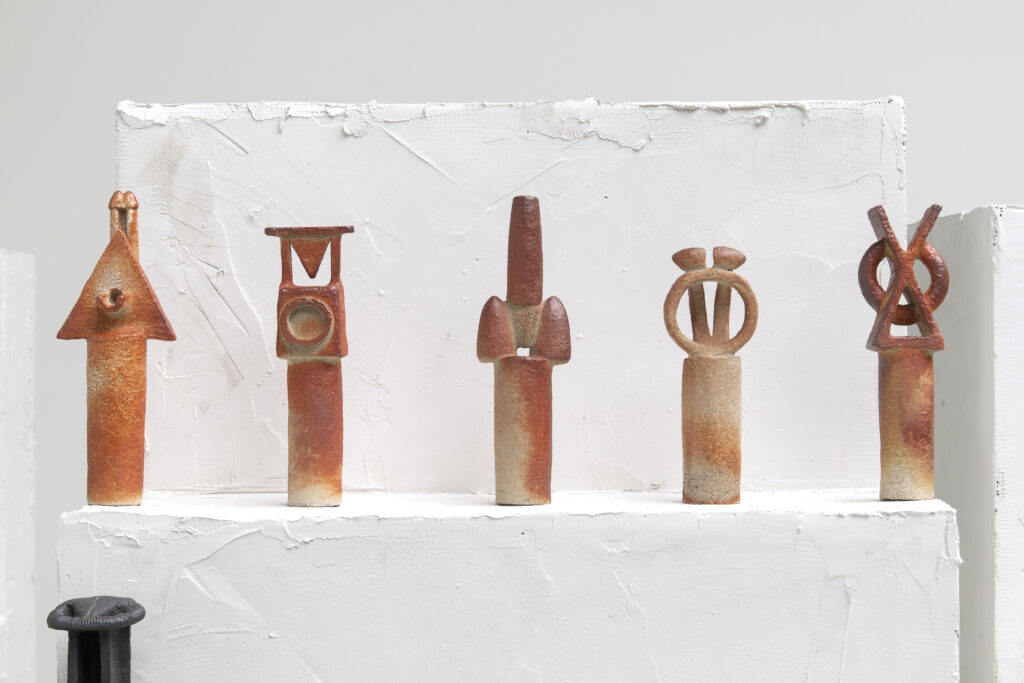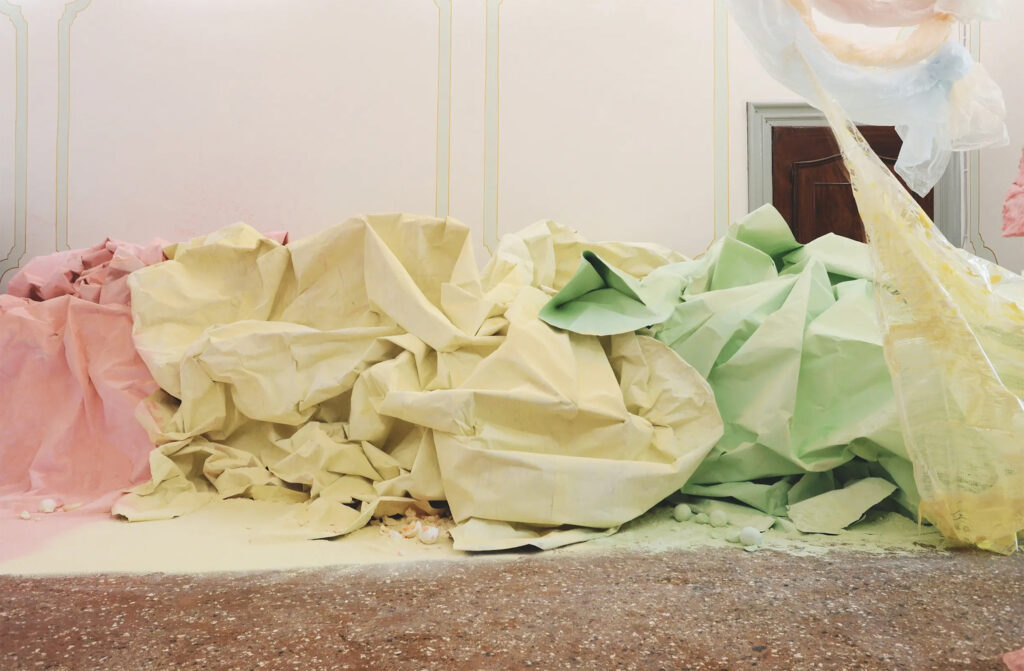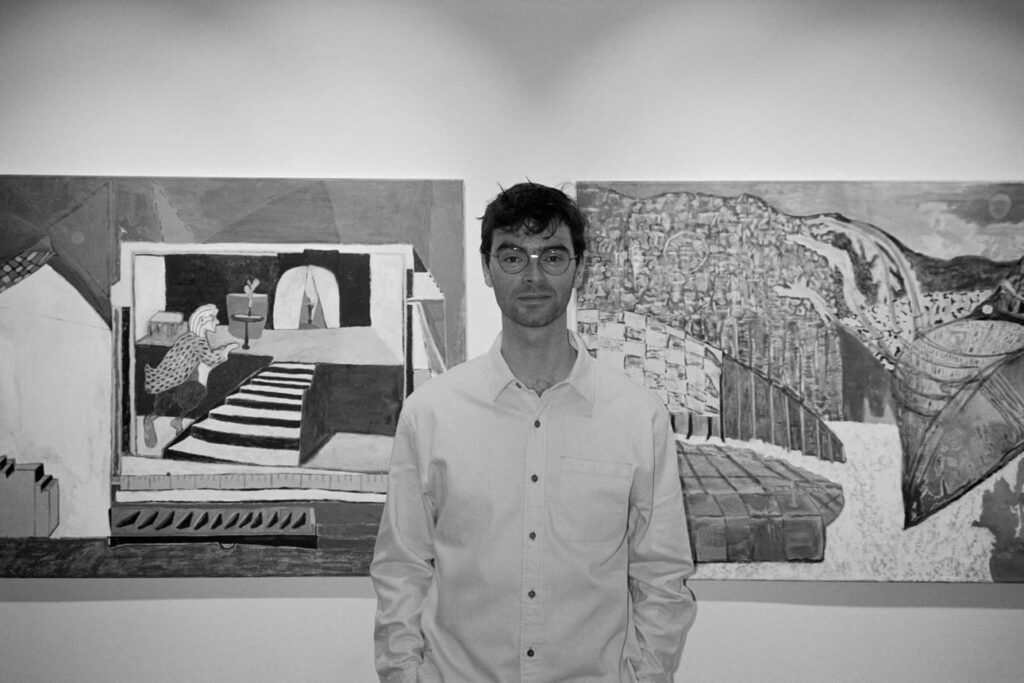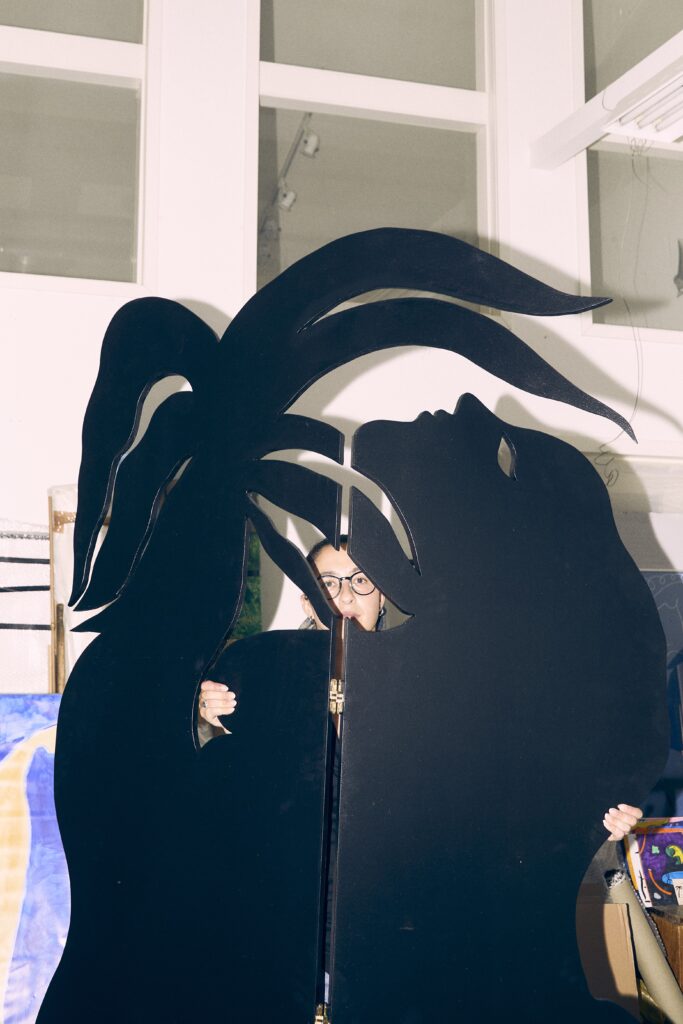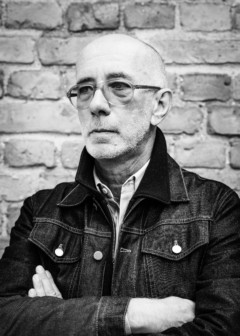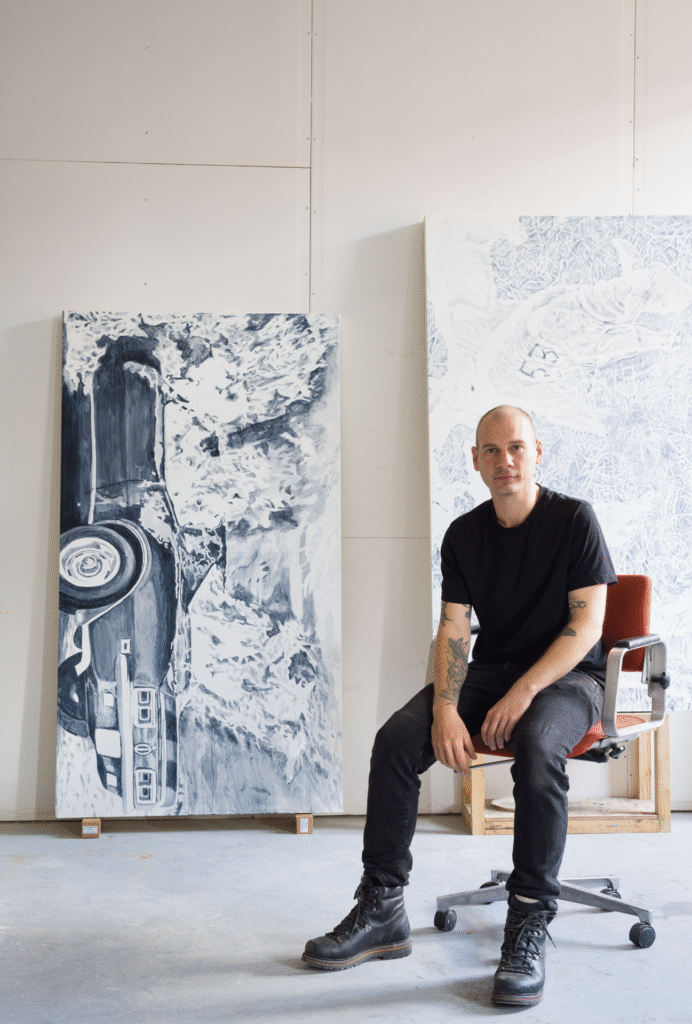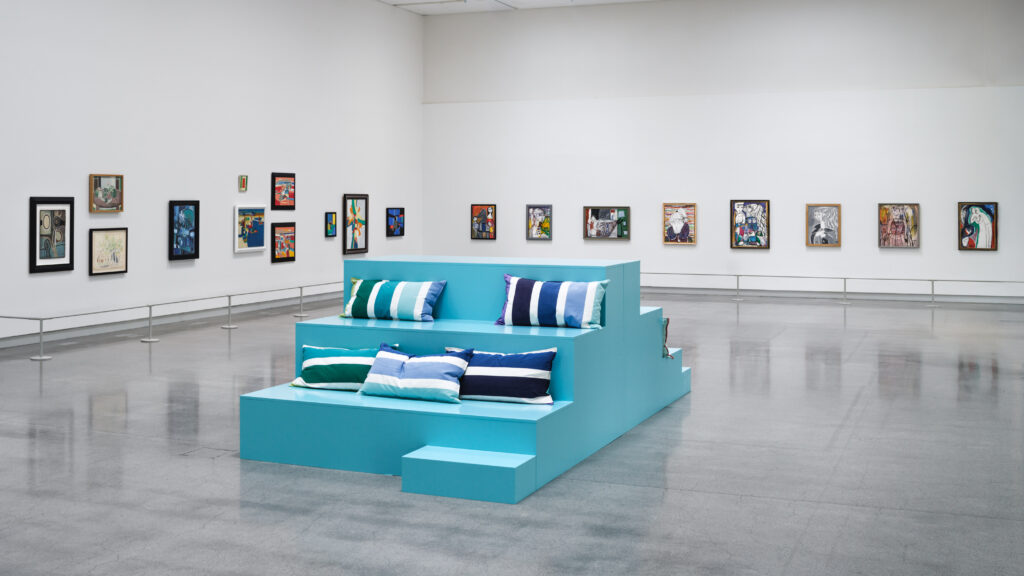London’s Must-See Art Installation: Art on the Wharf
London’s Must-See Art Installation: Art on the Wharf text Yasmine Mubarak Once defined by its silhouette of skyscrapers and trading floors. Canary Wharf has turned into one of London’s most surprising creative districts. What began 35 years ago as an ambitious plan to change the docks into a financial district has today transformed into a lively neighborhood where art, architecture, and nature coexist seamlessly. Not to mention, home to a must-visit art installation. For many Londoners, Canary Wharf remains a part of their daily commute. All fast-paced footsteps, shining towers, and a wide selection of lunch spots. But for travelers, it’s your next destination: a place where wellness meets innovation, and where every corner offers a moment of inspiration. A visit filled with art installations and inspiring architecture. A Contemporary Artwork on the Thames – The Whale That Leaps from the Wharf The area’s name goes back to the ships that once docked there carrying fruit from the Canary Islands. Today, the district is home to London’s largest collection of outdoor public art, with more than 100 sculptures and installations throughout its parks, plazas, and promenades. Among them is the striking Whale on the Wharf, located on Walter Street, just a short walk from the design-forward Vertus Edit – a must stay. Whale on the Wharf is created from five tonnes of plastic waste that were pulled out of the ocean, and transformed into a four-storey-tall whale leaping from the water. From a distance, it is an impressive sculpture — a celebration of nature’s grace. But as you step closer, you see the surface telling us a different story. A surface made out of the plastic of bottles, an old skateboard, single-use plastic items, and other discarded items. Behind the art piece are the architectural duo Jason Klimoski & Lesley Chang, who collaborated with the Hawaii Wildlife Fund to collect as much ocean plastic waste as they could find to create the sculpture. It’s a beautiful art piece to see, a statement regarding the millions of tons of plastic waste swimming in our oceans. Sparking a debate about our not-so-beautiful impact and consequences on the planet. Reflections and Geometry A few steps away, across the road, stands The Knot by Richard Hudson — a sculpture that shifts as you approach. From a distance, it blends seamlessly in with the surrounding architecture. Up close, it draws you in with its polished, looping form and reflects your own image, the sky, and the skyline all at once. Be aware that standing in front of it, it reflects your thoughts. Hudson, known for his fascination with nature’s organic shapes. Was intrigued by the infinite curves, and rectangular structures of the city surroundings. It’s an artwork that invites personal reflection — both literally and metaphorically. Art in Bloom Art on the Wharf’s dedication to integrating nature into urban design is evident at every corner. There are more than 20 acres of parks, gardens, and waterside promenades weaving through the district, turning the area into a living gallery. At Eden Dock, 21 lifelike figures crafted from moss and dried flowers emerge from the water, as if growing organically from the earth. A first-of-its-kind creation, where each one represents the connection between nature and urban life, a delicate balance of biodiversity and modernity. The 21 figures can be found in front of the Jubilee Line entrance, and are the perfect place to pause with a Hey Tea, Matcha and take in the serenity of the water and the art that frames it. Where Calm Meets Creativity Perhaps what makes Canary Wharf’s art installation so compelling is the sense of calm that runs beneath its surface. The art installations encourage you to slow down- to walk, or why not take a morning run, following the curated 1 km, 3 km, or 5 km art routes that guide visitors through the district’s key works. Families can join in too, with a dedicated children’s art trail designed to inspire young imaginations. Exploring these installations feels almost like a contemporary art treasure hunt. With over 100 pieces waiting to be discovered, you find yourself wandering through plazas and green walkways. The walk makes you stop and notice art in the everyday – from the sculpted architecture to the blooming planters. It’s an experience that feels restorative; a gentle detox for the mind and body. If you are wondering where you should stay during your visit, the Virtus Edit is a hidden gem. It offers a perfect base. Rising among greenery, art sculptures, and riverside walkways, it blends contemporary design with an emphasis on wellbeing. For Scandinavian travellers, it offers a familiar sense of minimalist comfort — a home away from home in the heart of the city. From here, it’s even easy to reach Soho, Southwark, Greenwich, and beyond, while enjoying the slower pace and wellness-focused energy that Canary Wharf now embodies. A Legacy of Public Art Between the two exits of the jubilee line, hides a green oasis of calmness, water springs, even a few ducks had found their nest. In the pathway of Jubilee Park lies Fortuna, a large bronze sculpture from Helaine Blumenfeld Obe. Blumenfield wanted to connect with the large number of people who visited Jubilee Park. Not to mention, for the bronze sculpture to say something about the human condition of turbulence, hope, community among many other emotions. Public art in Canary Wharf doesn’t just decorate its spaces — it defines them. In a district dominated by architectural ambition, these works bring warmth, humanity, and colour to the landscape. Here, even the bridge of the DLR is an art piece by artist Sinta Tantra. In addition, on Montgomery Square, Julian Wild has created a large red sculpture in a flamboyant doodle of steel. Art became central to the area’s identity already in 1999, when it hosted The Shape of the Century: 100 Years of Sculpture in Britain. It included a number of sculptures that became the start of a permanent art

